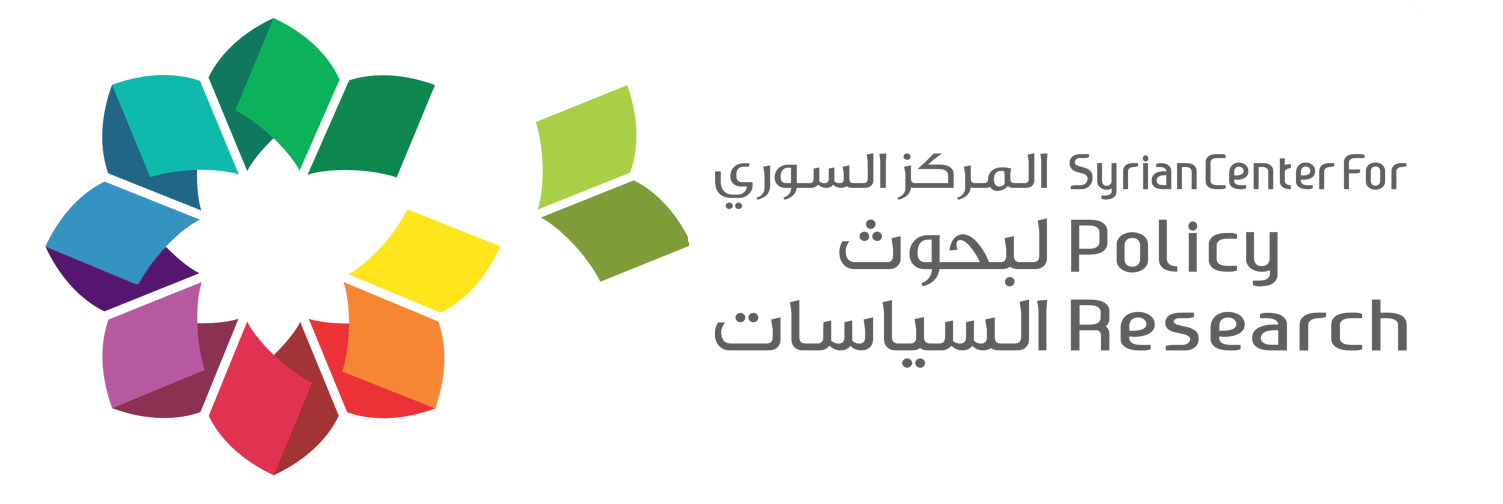The attached study by the Syrian Center for Policy Research provides an analytical impact assessment of the potential American strike on the scenarios of the crisis in Syria. The study complements continuous research efforts within the framework of “Exploring Alternative Solutions for the Syrian Crisis”, a project launched and implemented by the Syrian Center for Policy Research (SCPR). This project is conducted in cooperation with a large number of Syrian experts and activists. Several other papers and reports were produced as part of the project including an assessment of the socioeconomic and institutional roots and impacts of the crisis, a draft “Vision for Future Syria”, and an analysis and assessment of the different scenarios for possible pathways of the Syrian Crisis. The analysis identified the probability and the preferablility of the suggested scenarios, and drew a map of different actors in the crisis.
The study concludes:
- The strike would increase the likelihood of the “continuation of the armed conflict”, “military takeover by the armed opposition”, and the “failure of the state” scenarios, while significantly reduce the likelihood of political solutions’ scenarios and of course the “military takeover by the regime” scenario.
- According to the analysis of the weight of actors and their level of support and influence on each of the different crisis scenarios, the study shows that, on internal level the Islamic brigades would benefit the most from the three most likely scenarios resulting from the strike. On the external level, Israel would benefit the most from the strike, being the first supporter of “continuation of the armed conflict” and “failure of the state” scenarios. The United States would also benefit from these scenarios, but to a lesser degree. Saudi Arabia and Qatar would also benefit from the strike because as they support to varying degrees, the three scenarios that the strike promotes.
- The results show that Untied States support in the first place “negotiations with substantial external influence”. However, the strike would reduce significantly the likelihood of negotiations’ scenarios at the expense of increased chances for other scenarios such as “the continuation of the armed conflict” and the “failure of the state”. This shows a contradiction between the strike possible results and American declared support to “negotiations with substantial external influence”.
- The strike increases the likelihood of “continuation of the armed conflict”, and to a lesser extent the “failure of the state”. The American strike significantly supports the interests of Israel and the Islamic Brigades.
- There is a clear contradiction between the most likely promoted scenarios by the strike and the most favourable scenarios according to the “Vision of Future Syria”, in which the “continuation of the armed conflict” is the worst scenario. It means that the impact of the strike is in the opposite direction of the best interest for Syria’s future. In turn, the strike reduces the probability of the two most favourable scenarios evolving around political solutions.
- taking into consideration its most promoted scenarios, the strike would lead to further deterioration in humanitarian situation in Syria, including losses in human, social, and material capitals, and increasing in poverty rates, number of migrants, IDPs, and refugees, and fuelling social fragmentation.


